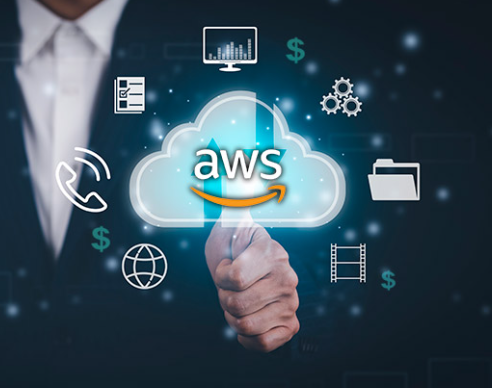AWS offers a vast array of services and resources that can power your business’s infrastructure and applications. However, without proper cost management, your AWS expenses can quickly spiral out of control. To ensure you have control over your AWS costs and maximize the value of your cloud investment, it’s essential to adopt effective cost management practices. In this article, we will explore strategies to help you take control of your AWS costs and optimize your spending.
The first step in effective cost management is gaining visibility into your AWS spending. AWS Cost Explorer provides detailed insights into your usage patterns, spending trends, and cost allocation. It allows you to analyze your costs based on services, regions, and tags, enabling you to identify areas of high spending and potential cost optimization opportunities. By understanding your cost drivers, you can make informed decisions about resource allocation and identify areas where you can optimize costs.
Next, it’s crucial to implement cost optimization practices. AWS offers various tools and features to help you optimize your new relic pricing. For example, using Reserved Instances (RIs) allows you to commit to a specific instance type and duration, providing significant cost savings compared to On-Demand instances. Additionally, AWS offers Savings Plans that provide flexibility and discounted pricing for your consistent usage patterns. Rightsizing your resources, such as scaling down instances that are over-provisioned, can also lead to substantial cost reductions. By continuously monitoring and optimizing your resources, you can ensure that you are only paying for what you need.
Another effective cost management practice is leveraging automation and infrastructure as code. By adopting tools like AWS CloudFormation or AWS Elastic Beanstalk, you can automate the provisioning and deployment of your infrastructure and applications. This automation reduces the risk of manual errors, speeds up the deployment process, and allows you to easily replicate and manage resources in a consistent manner. Additionally, you can use AWS Lambda functions or AWS Step Functions to automate routine tasks and optimize resource utilization.
Furthermore, it’s important to establish cost allocation and accountability within your organization. By implementing tagging strategies, you can assign costs to specific projects, teams, or departments, making it easier to track and allocate expenses. This visibility enables you to identify areas of overspending and implement cost control measures. Additionally, setting up budgets and implementing cost alerts helps you proactively monitor and manage your spending, ensuring you stay within your allocated budget.
In conclusion, taking control of your AWS costs is essential for maximizing the value of your cloud investment. By gaining visibility into your spending, implementing cost optimization practices, leveraging automation, and establishing cost allocation strategies, you can effectively manage your AWS expenses. With proper cost management, you can optimize your spending, allocate resources efficiently, and ensure that you are getting the most value out of your AWS infrastructure. Start implementing these strategies today and take control of your AWS costs to drive cost efficiency and operational excellence in the cloud.



